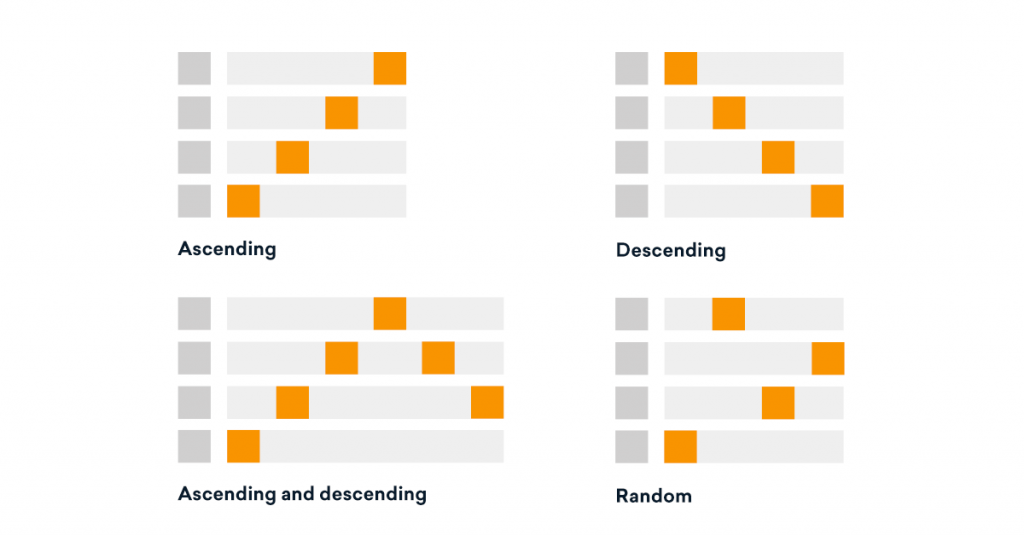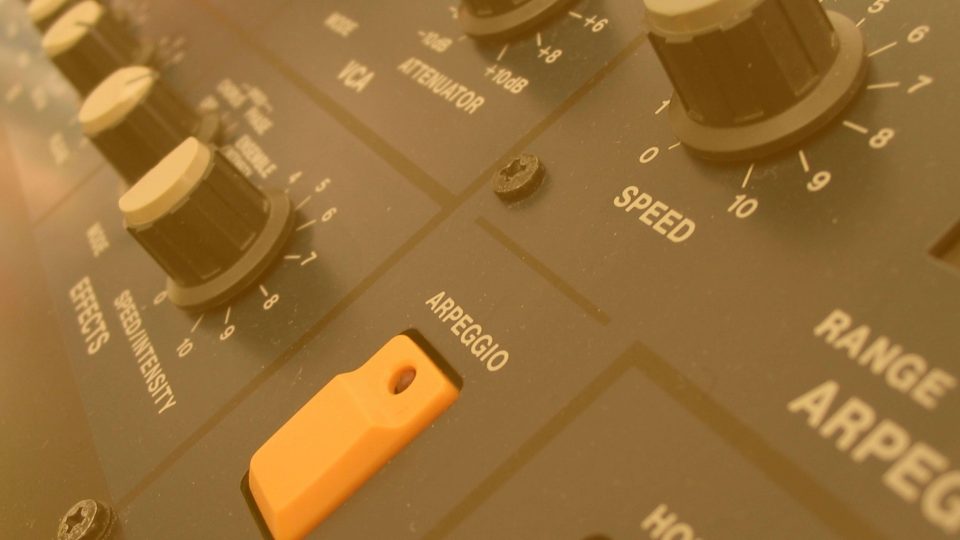What is an Arpeggiator? Unlock the Rhythm
We can find Arpeggiators on many synthesizers and MIDI controllers. But what do they do? Is it sorcery when we make new rhythms like magic at the press of the button? Or is it, in fact, maths that fuels arrpegiators?
The synths we know and love come to life due to the awesome features that they house. One of those epic features is an arpeggiator. An arpeggiator makes time-wasting (or should we say procrastinating?) incredibly easy. They allow us to create interesting rhythms with minimal effort – select your tempo & arp rate, hold some notes, and then boom; you have an interesting melody happening.
Arpeggiators Explained
When you’re composing music in your DAW, what do you do? Besides your computer, you may also grab your MIDI controller or synth. It’s your lucky day because rather than have to manually create a phrase with just your mind, fingers and keys/pads, you can use the expertise of your trustee arpeggiator and create phrase after phrase of interesting melodies and rhythm.
As we’re sure you may have learned, notes and chords are at the very foundation of music. But a chord is just a collection of specific notes, so music is just on notes if we’re being honest with ourselves. Anyway, an arpeggiator utilises this matter of fact and manipulates note duration, intervals between notes, and so much more, all based on the information you have to feed it.
Arpeggiators manipulate note duration and intervals between notes to create a sequence of notes based on your master tempo and arpegiattor rate.
With that said, an arpeggiator is a tool that uses MIDI information or control voltages to cycle through a series of notes according to information such as tempo and note division. We call them arpeggiators because of what’s known as the ‘arpeggio’. In music theory, the arpeggio is where we play the notes of a chord one after another in sequence rather than at the same time.
To get started with your arpeggiator, the usual data you need to input include:
RATE /NOTE DIVISION – The speed of the arpeggiated notes (1/2 notes, 1/4 notes, 1/8 notes, etc.)
TEMPO – The master tempo at which you want your arpeggiated notes to play
Enabling the arpeggiator on your synth or controller tells the unit in question to actively “listen” to the notes you’re playing. With your note information, an arpeggiator generates a pattern based on your input information.
The pattern can be very simple or very complex. What matters is the rate you set and the notes you hold. Your arpeggiator will only work with the notes you hold down, whether it’s a singular note or a chord. You could also play a melody of notes with your arpeggiator engaged and start hearing some very interesting patterns. No matter how long you hold any note or chord down, the arpeggiated pattern reflects the progression of notes you have made use of.
With this in mind, take note that the more notes you have held down gives the arpeggiator more to work with and can create more diverse patterns…
Here’s an awesome example of just what an arpeggiator can do with the use of SKULPT synthesizer.
More Arrpegiator Features
The main function of an arpeggiator is to cycle through the notes you’re playing. Based on rate & tempo, new inspiration for the progression of your track is just around the corner. For further creativity, you can bend the pitch of your arpeggiated notes up or down too.
Even an arpeggiator designed for smaller budgets come with four specific arpeggiator patterns, and these are: ascending, descending, ascending and descending, and random. Due to this ability to move up and down in scale, you have creative freedom to choose if you want the chord you’re holding to sequence through the arpeggiator to ascend or descend.

If your arpeggiator has a ‘Latch’ feature, as many do, you can activate it and only need to hit the note or chord of your choice once and the arpeggiated pattern will actually continue to play of its own accord until you press another note or chord!
More recent arpeggiators actually allow you to change the tempo and note length of your arpeggiated sequence, which make them very creative tools for electronic music producers. More complex pre-programmed pattern presets also come with newer arpeggiators, as well as the option to create your own.
An arpeggiated pattern is monophonic as standard. As we said, your arpeggiator cycles through each note – so when you play a chord, each note in the chord is arpeggiated in the sequence individually at a rate determined by your input information. But some arpeggiators allow for polyphonic patterns, meaning that whole chords can be arpeggiated into a pattern compared to sequencing the notes chords’ notes.
Arpeggiators also have more options to create grasping rhythms. The ability to cut notes out of your sequences will allow you to create syncopation with other elements in your music.
Octave ranges can also be set, meaning your arpeggiated sequenced can ascend or descend across multiple octaves. Extending the octave range your arpeggiator is working within allows you to create some awesome sweeping arpeggios that can give a whole new level of depth to your music too.
We know what it’s like to dig through your sample library only to find nothing attention-grabbing for playing around with creative tools such as arpeggiators. That’s why you’ll find yourself creating faster by checking MIxxed daily or new sounds.
The sampling revolution has risen in popularity and shaped music since the early 1970s. Sample culture continues to transform how millions of artists and producers do their thing in DAWs.
You too can break conventional norms, challenge the status quo, and open Pandora’s box of sound design.
Mixxed works with a growing number of sample labels and contributors to provide you with an affordable sample subscription service that’s more accessible than any before.
You’ll have access to our growing catalogue of loops, one-shots and sound effects that you can browse, download and keep forever for less than $3 a month.
Sign up today to find your sound!
